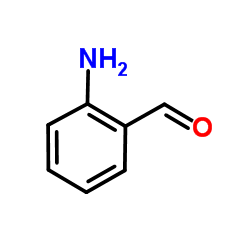Functional specialization in proline biosynthesis of melanoma.
Jessica De Ingeniis, Boris Ratnikov, Adam D Richardson, David A Scott, Pedro Aza-Blanc, Surya K De, Marat Kazanov, Maurizio Pellecchia, Ze'ev Ronai, Andrei L Osterman, Jeffrey W Smith
Index: PLoS ONE 7 , e45190, (2012)
Full Text: HTML
Abstract
Proline metabolism is linked to hyperprolinemia, schizophrenia, cutis laxa, and cancer. In the latter case, tumor cells tend to rely on proline biosynthesis rather than salvage. Proline is synthesized from either glutamate or ornithine; both are converted to pyrroline-5-carboxylate (P5C), and then to proline via pyrroline-5-carboxylate reductases (PYCRs). Here, the role of three isozymic versions of PYCR was addressed in human melanoma cells by tracking the fate of (13)C-labeled precursors. Based on these studies we conclude that PYCR1 and PYCR2, which are localized in the mitochondria, are primarily involved in conversion of glutamate to proline. PYCRL, localized in the cytosol, is exclusively linked to the conversion of ornithine to proline. This analysis provides the first clarification of the role of PYCRs to proline biosynthesis.
Related Compounds
| Structure | Name/CAS No. | Molecular Formula | Articles |
|---|---|---|---|
 |
Formylaniline
CAS:529-23-7 |
C7H7NO |
|
Chondrogenesis of human bone marrow mesenchymal stromal cell...
2015-05-01 [Mater. Sci. Eng. C. Mater. Biol. Appl. 50 , 160-72, (2015)] |
|
B-ring-aryl substituted luotonin A analogues with a new bind...
2014-01-01 [PLoS ONE 9(5) , e95998, (2014)] |
|
The consequences of the isotope effect on proline dehydrogen...
1992-06-01 [Anal. Biochem. 203(2) , 191-200, (1992)] |
|
Co-regulation of mitochondrial respiration by proline dehydr...
2016-03-01 [Amino Acids 48 , 859-72, (2016)] |
|
LC-MS and NMR characterization of the purple chromophore for...
2011-02-15 [Bioorg. Med. Chem. 19(4) , 1535-40, (2011)] |